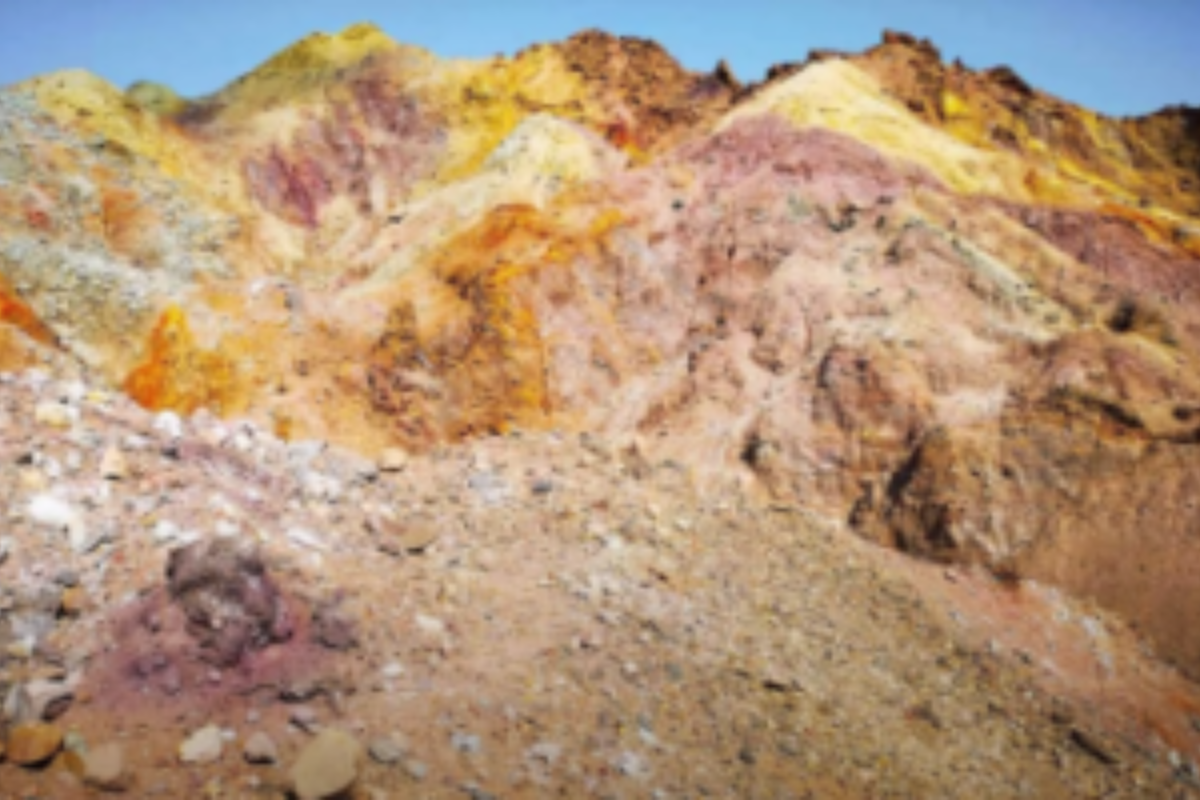
eLibrary: Hormuz
Once a vital link between Persia, India, Arabia, and China, Hormuz thrived on trade and cultural exchange. This exhibition blends vivid eyewitness accounts with archaeological finds—ceramics, ship remains, and fortresses—to reveal a world shaped by ambition, conflict, and the daily lives of those drawn to its strategic shores.
This is the latest version of an electronic library of resources supporting the exhibition. It offers free and immediate access to online resources for anyone wanting to explore further the context of the museum’s artifacts. As the museum develops, more resources, in more languages, will be added.
NOTE: Some of these links come from Academia.edu and Researchgate.net. These require a free one-time registration. To research further yourselves, you may consider registering with Jstore.org which gives limited but free monthly access to its collections
Articles
Al-Salimi, A., 2021. Qalhat-Hurmuz: Its Place in the history and economy of the Western Indian ocean in the Later Middle Ages. Studi Magrebini, 19(2), pp.324-352.
Couto, D., 2022. Muscat and the Portuguese: economic and political dynamics in the early 16th century (1507-1529). Arabian Humanities. Revue internationale d’archéologie et de sciences sociales sur la péninsule Arabique/International Journal of Archaeology and Social Sciences in the Arabian Peninsula, (15).
Fiorani, V.P., 2018. The Gulf: A Cosmopolitan Mobile Society–Hormuz, 1475–1515 CE. The Gulf In World History, p.35.
Fiorani, V.P., 2017. Oman as Pole of Cultural, Mercantile And Economic Business Between East and West. Istituto Lombardo-Accademia di Scienze e Lettere• Incontri di Studio.
Güneş, I. 2023. The Routes Muslim Merchants Used for Maritime Trade with China in the Middle Ages, 571-596
Jassim, A.L.Z.A.K. and Ahmed, L.M.M., 2024. The Cultural Implications of the Coins of the Kingdom of Hormuz in the Arabian Gulf. Surra Man Ra'a, 20(80).
Kauz, R. and Ptak, R., 2001. Hormuz in Yuan and Ming sources. Bulletin de l'École française d'Extrême-Orient, pp.27-75.
Kennet, D., 2002, January. The development of northern Raʾs al-Khaimah and the 14th-century Hormuzi economic boom in the lower Gulf. In Proceedings of the Seminar for Arabian Studies (pp. 151-164). Brepols.
Kaya, A., 2023. Trade in Iran during Ilkhanid Age-1: Competition of Hormuz and Kish. SSRJ| Social Sciences Research Journal, 12(02), pp.224-230.
Kennet, D., Priestman, S.M.N., Khosrozadeh, A. & Aali, A. 2006: Ground Testing the Williamson Collection: The British-Iranian Hormuzgan Survey.
Lambourn, E., 2011. Khutba and Muslim networks in the Indian Ocean (Part II)–Timurid and Ottoman engagements. The growth of non-Western cities: primary and secondary urban networking, c. 900-1900, pp.131-158.
Lesguer, F., 2023. Qalhat, a Medieval Port City of Oman: From a Field of Ruins to UNESCO
Liščák, V., 2019. Catalan Atlas of 1375 and Hormuz around 1300. Advances in Cartography and GIScience of the ICA, 1, pp.1-7.
Majdin, M.F., Osman, R.A.H. and Yaapar, M.S., 2023. The Strait of Malacca and Strait of Hormuz: A Brief Historical Review. KEMANUSIAAN: The Asian Journal of Humanities, 30(2).
Meicun, L. and Zhang, R., 2015. Zheng He's voyages to Hormuz: the archaeological evidence. Antiquity, 89(344), pp.417-432.
Mohammadi, H., 2022. Analysis of Hormoz's trade relations with Deccan in the fourteenth and fifteenth centuries AD. Tahqiqāt-e Târix-e Eqtesâdi (Economic History Studies), 10(2), pp.245-267.
Mollazehi, N., Rasooli, A., Asadpour, H. and Gholizadeh, M., 2023. Investigation of the embassy of Abd-al-Razzaq Samarkandi in Calicut and Vijayanagar and the destruction by Hormuz (1442-1444). Iranian Civilization Research, 4(2), pp.203-217.
Piacentini, V.F. and Velde, C., 2009, January. The battle of Julfār (880/1475). In Proceedings of the Seminar for Arabian Studies (pp. 321-335). Archaeopress.
Resta, G. 2025, Mapping the Invisible: Problems of Interpretation and Representation of Hormuz Island, Iran, Athens Journal of Architecture, 11, 1-32
Rezakhani,, K. 2020, The kingdom of Hormuz, Iranologie.com.
Tazmini, G., 2017. The Persian–Portuguese encounter in Hormuz: orientalism reconsidered. Iranian Studies, 50(2), pp.271-292.
Zhang, R. and Meicun, L., 2022. Sino-Arabian Economic and Cultural Exchanges from the 8th to the 15th Centuries. In The World of the Ancient Silk Road (pp. 404-426). Routledge.
Videos
Kingdom of Hormuz and Portuguese Presence | Willem Floor (Persian Dutch network) 9.50mins
